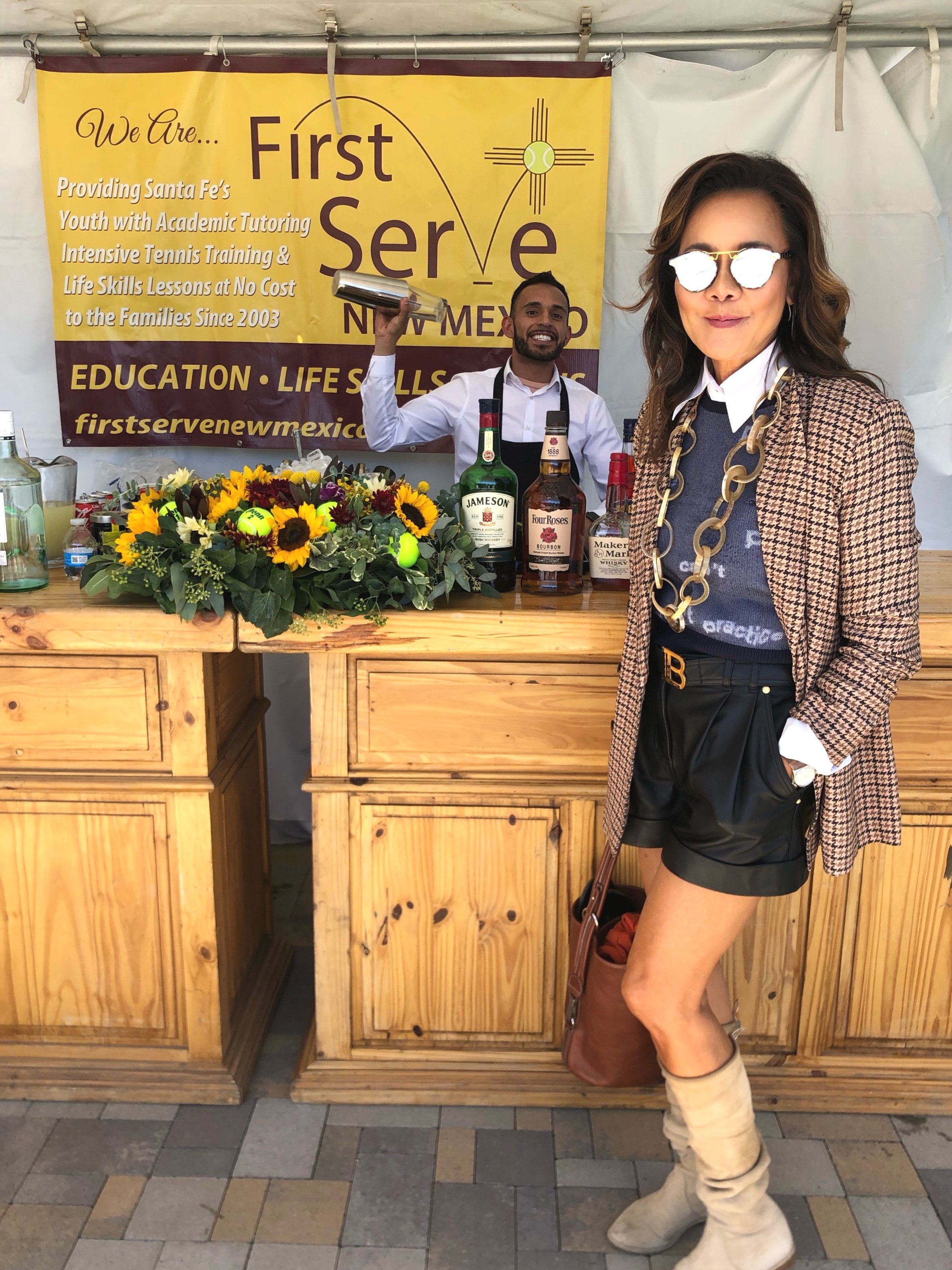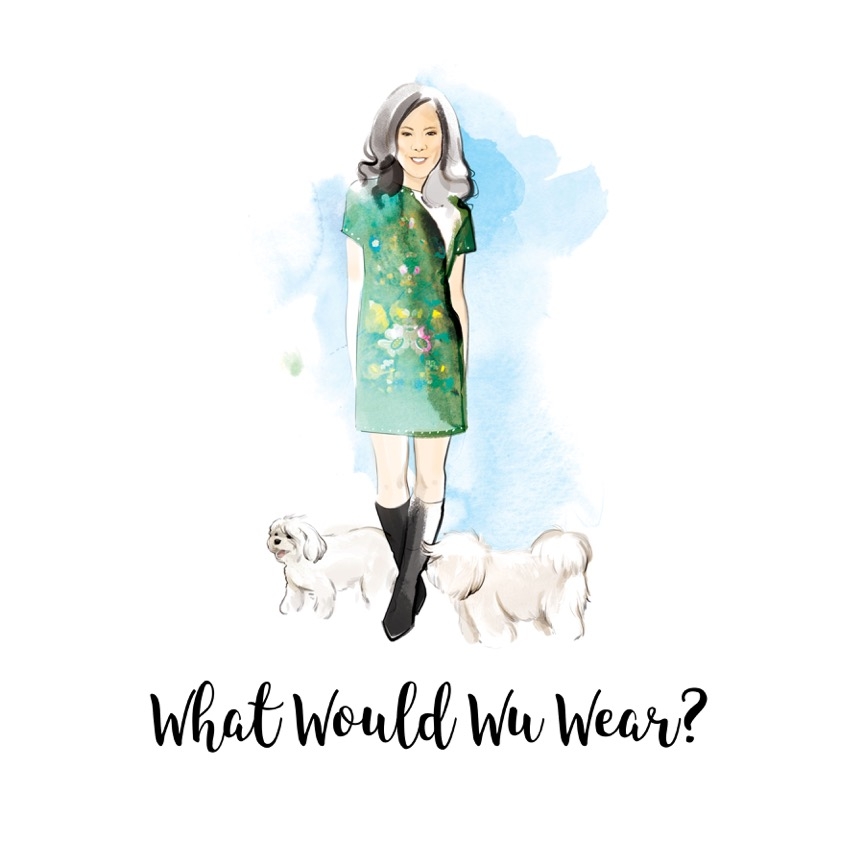Philanthropy Your Way

At a recent wedding I attended, in addition to the standard “sickness and health” promise, the couple vowed that they would do their best to make the world a better place, both for their spouse and in general.
I thought that was a nice touch, and it was the first time I’d heard that. But it actually makes perfect sense. We all want to be a part of something bigger, and what a better “mission statement” for a marriage than committing yourselves, as a team, to improving this place we call home?
What this young couple did is in keeping with other Millennials, who are doing philanthropy their own way. Philanthropy is no longer limited to mill- and billionaires who can write checks with five or six zeroes (although we can all applaud women such as MacKenzie Scott and Melinda Gates, who have used the proceeds of their divorces from two of the world’s richest men, Jeff Bezos and Bill Gates, respectively, to donate transformative amounts of money to organizations in need).
Even though most Millennials (and their younger siblings in Gen Z) don’t yet have the wealth of their Boomers and Gen X predecessors, they’re participating in philanthropy at a higher level than other generations. A 2020 report by Zelle, the payment app, found that nearly 75% of Millennials provided financial support to family, friends, or nonprofits during the height of the Covid-19 pandemic — the highest rate among any generation polled.
The even better news is that, despite the dire predictions of philanthropy falling off a cliff during the pandemic, the opposite happened. Charitable giving went up during one of the toughest economic downturns in recent memory.
Why Did Philanthropy Thrive When We Weren’t?
Social media is one reason. If someone is in need or they know of someone in need, social media helps them get the word out. Conversely, if you have money to give, social media helps you find beneficiaries. Also, money-sharing apps like Venmo, Cash App, and Zelle make it easy to send small amounts of money to people whenever and wherever they need it.
More important, though, the way we see philanthropy changed profoundly during the pandemic. Money became a bridge, a way to connect with our fellow humans when social distancing meant we couldn’t physically connect with them.
Money became a way we could reach out and express solidarity with others. That meant bigger and more frequent tips to service workers, wait staff, and Uber drivers. Paying cleaning ladies, manicurists and others who devote themselves to the service industry, even when we had to cancel our appointments.
Retail Philanthropy
The retail world has noticed. Companies like Tom’s, which donates 1/3 of its profits to charitable organizations; Bombas, which donates one pair of socks to a homeless shelter for every pair purchased; and Patagonia, which is donating its profits to fight the climate crisis and other environmental-protection efforts, are all jumping on the retail philanthropy bandwagon.
Along these lines, one of my favorite brands is Krewe, a New Orleans-based eyewear company that provides access to eye care and free prescription glasses to students in New Orleans, with a goal to reach every local public high schooler in need. Plus, their sunglasses are fantastic.
We’re not all Vanderbilts and Rockefellers, we all have it within us to make our corner of the world a little kinder. Whether that’s an occasional $5 donation to a GoFundMe that tugged your heart, consistently supporting retailers who give back, or some other method that works for you and you only — we all have the power to do philanthropy our way.
So go find yours, and make our world just a tiny bit better than you found it.
